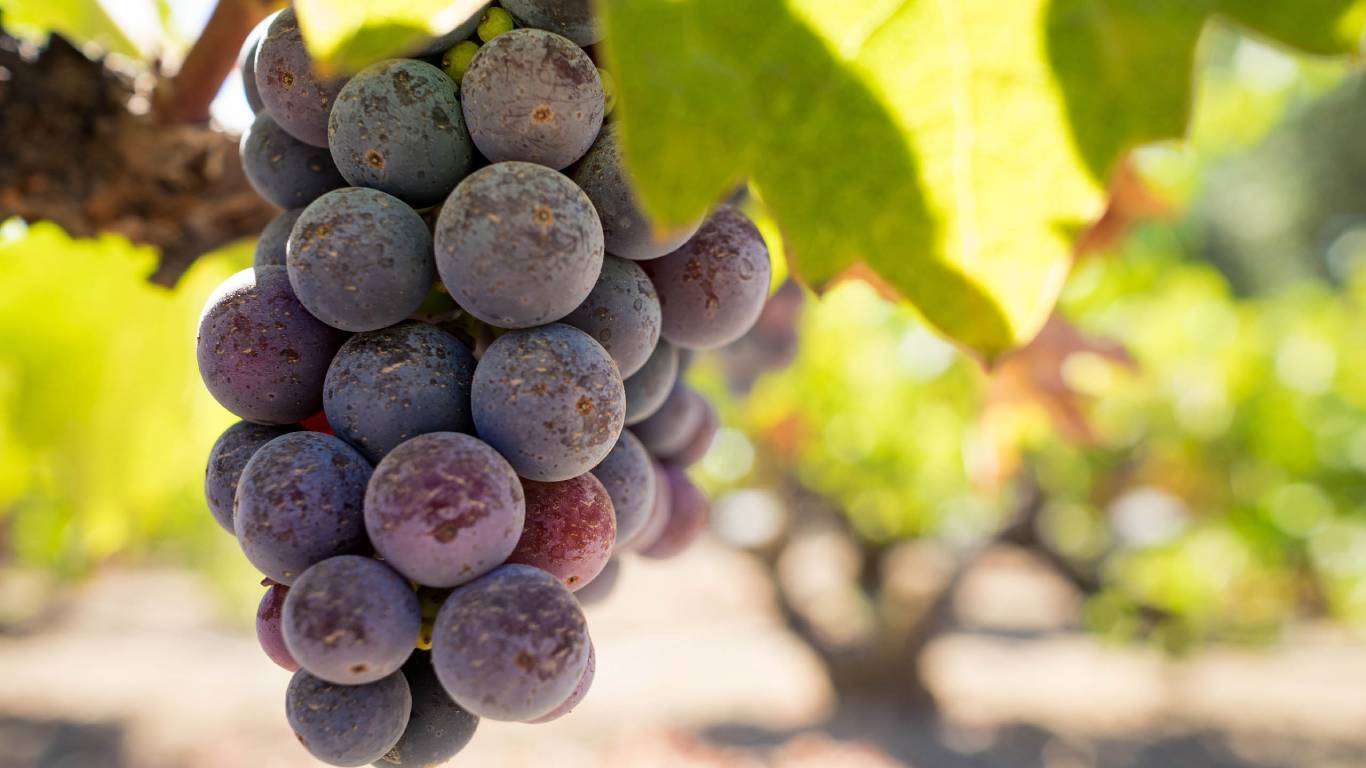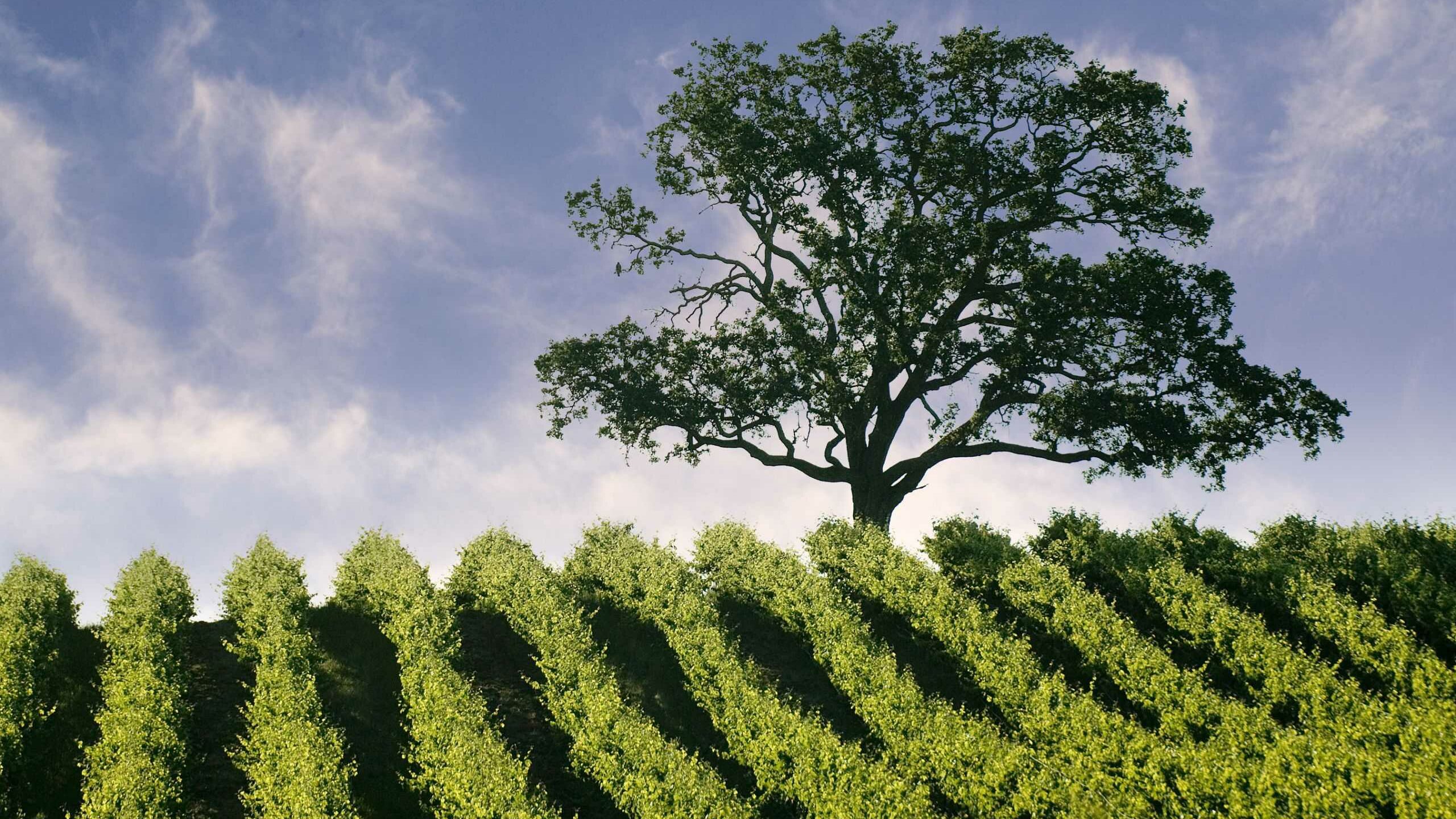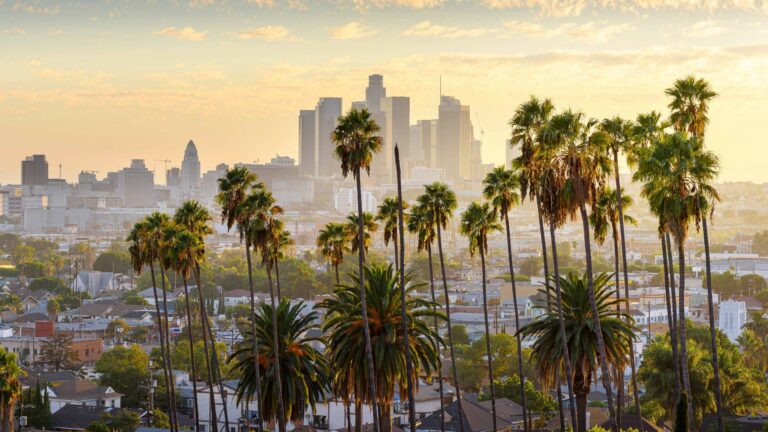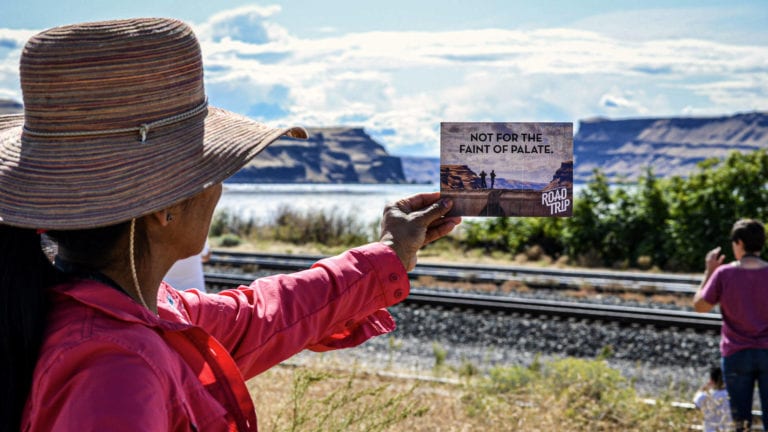Nobody was surprised when the Lodi region in California was named wine region of the year by Wine Enthusiast magazine. Nobody was surprised when a Lodi winegrower delegation was recognised with a state resolution for being the wine region of the year at the California state capitol. What is it about this region that has it being tipped as a new powerhouse in the Californian wine making circuit? A Sonoma or Napa alternative.
Climate
If you look in depth at winemaker notes, it’s often said that the vintage was helped by “delta breezes” which acts as a natural air conditioner for the vineyard. Lodi has a Mediterranean climate and is situated just 100 miles to the east of the San Francisco Bay, at the edge of Joaquin/Sacramento River Delta. So as the temperatures rise, the cool air is brought across the delta to offer invigorating freshness. With the cooler evenings, the temperature is mostly predictable, allowing winemakers to create a diverse set of fruit forward flavoured varietal.
Lodi also only receives 17″ of rainfall through a calendar year, most of which is restricted to the Winter months, so outside the growing season. The dry growing months help prevent pests and diseases attacking the vines.
Soil
This is one of the most under-appreciated aspects of the region. The soils around the Lodi region were formed a long, long time ago, we’re talking thousands of years. The region is naturally fed by the Mokelumne and Cosumnes rivers, which have helped produce soils that are packed full of minerals with a granite base. This kind of soil produces a host of complex flavours and with precise irrigation, the wines can take on a character of its own.
It’s in the Zin
Zinfandel happens to be my absolutely favourite grape variety, and Lodi has been connected to this magnificent grape for many many centuries. Some zinfandel vines date back to the 19th century, which make the wines old and gnarly but full of history and character. Lodi is the self-proclaimed Zinfandel capital of the World, and it’s easy to see why, after all they produce over 40% of California’s premium Zinfandel. With some of the vines being so old, they produce only a low-yield, leading to concentrated flavours and a huge demand from the public.

Experimentation
Lodi plants and experiments with grapes from all across the world. From Albariño, Verdejo, Graciano, Tempranillo and Garnacha from Spain to Tourgia Nacional, Tinta Cão and Verdelho from Portugal. Don’t forget the host of grapes from Germany, Italy and the Southern Rhone. This all comes back to the climate aspect that we mentioned above, the Mediterranean climate means the possibility to grow, and produce excellent European varieties on the west coast of America.
Sustainable Winegrowing
“The Lodi Rules™ for Sustainable Winegrowing awards vineyard certification based on grower adoption of farming practices that benefit the environment, the community, and the local economy” . Lodi farmers are committed to sustainability and are environmentally aware. Their practices range from planting cover crops of native grasses to minimize dust, and only using tractors sparingly to cut down on air pollution. Over 20,000 acres of winegrowing land in Lodi has been certified green
Lodi is quickly becoming one of the most popular regions in America for wine consumers. The wines are absolutely delicious, varied and packed full of character. Here is the best part, a lot of the wines are available at a fraction of the cost of some other California regions. If you’re already sold on the Lodi region and want to try a few of their wines, here are my personal favourites from our range:
- The Intrepid Bear ‘Brown Bear’ Reserve Pinot Noir 2014. £11.99/bottle
- Que Syrah Syrah 2014. £9.99/bottle
- The Intrepid Bear Lodi Sauvignon Blanc 2014. £9.99/bottle
- Lodi Lounge Sauvignon Blanc 2013. £7.99/bottle (Special Offer. Normally £9.99)
- Project One Lodi Malbec 2014. £14.99/bottle
Interesting Fact
With the enactment of Prohibition in 1919, several wineries in the Lodi region closed their doors. However a lot of wineries stayed open and flourished. Instead of shipping the finishes wine, wineries would instead ship their fresh grapes. Under the prohibition laws, home winemaking was not outlawed, so the demand for the fresh grapes skyrocketed. According to the Wines of Lodi website, thousands of railcars left Lodi each harvest packed full of Zinfandel, Tokay and other grapes.





